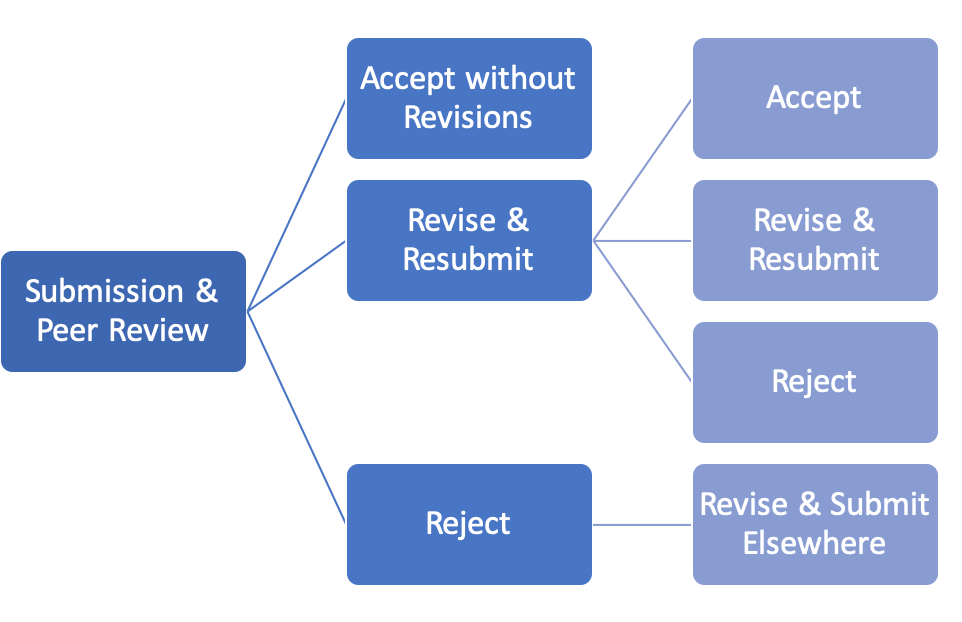22 Responding to Reviewer Comments
While some papers are accepted for publication without a request for further revisions, most processes of peer review in advance of publication include the instruction to consider and implement revisions as suggested by reviewers. These revisions can be framed as “minor” or “major” and run the gamut from stylistic feedback, to the need for more examples or analysis, to ways of addressing perceived holes in your arguments, to suggested structural changes with implications for the entirety of your paper.

If your paper is being co-written, and you are the corresponding author, be sure to share the feedback from your peer review with your collaborators; although more minor suggested revisions may be addressed independently and then shown to other authors for their approval, suggested structural changes or fundamental challenges to your original arguments require discussion to be able to move forward. Dealing with your suggested revisions quickly can be one way of expediting the process of publication.
Although you will have to respond to all reviewer feedback, it is not incumbent upon you to implement all suggested changes. In the cover letter that accompanies your revised manuscript, you have an opportunity to explain the process of revisions you undertook, including any reasons you might have for choosing not to implement a suggestion. Be sure to communicate your entire process of revisions clearly, with respect for the time of the reviewers, offering examples from your manuscript of where and how your paper has changed. Although harsh criticism from a reviewer can feel personal, considering all of the feedback you receive with an open mind can be part of a useful process of distilling what you are trying to say into its clearest possible form.
Recommended Resources:
Ten simple rules for writing a response to reviewers by William Stafford Noble of the University of Washington in PLOS Computational Biology (2017)
Responding to Reviewers by Megan Poorman on the Grad Hacker Blog, hosted by Inside Higher Ed
